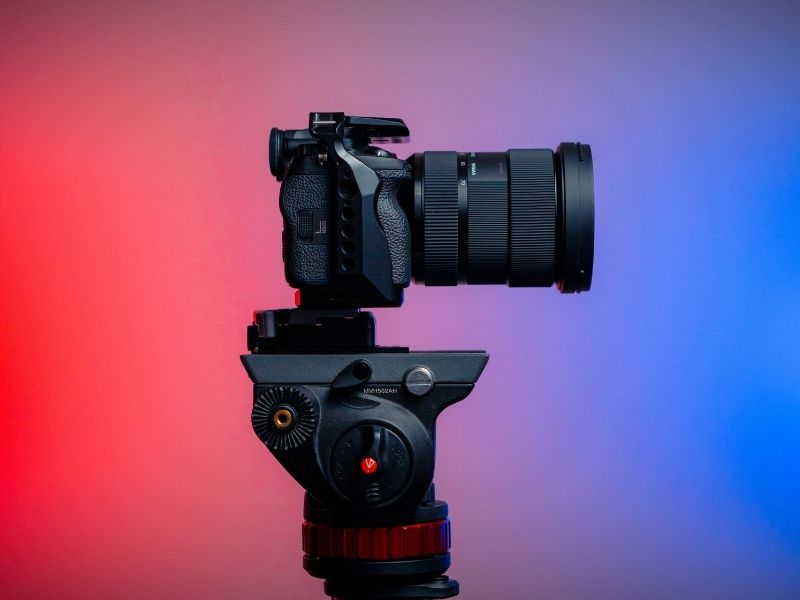
Developing Your Business Vision, Mission Statement and Goals
This content has been archived. It may no longer be relevant
To be effective, your business vision, mission statement and goals should be clear, concise and easy to understand.
As an entrepreneur or freelancer – even as a side-hustler who may still have a full-time job ─ developing your vision and identifying the purpose and goals of your business is really the first step in brand positioning.
It’s what’s going to create a solid foundation for all the fun stuff like colours and brand identity.
If you want your brand to be articulate, if you want to attract more of your dream clients, if you want to move your freelance or small business forward and be taken seriously as a boss, then you’ll need to spend time and resources on developing your business vision statement, mission statement and goals.
Developing these components can be challenging for many new freelancers. They are not just ramblings of cute taglines or a lot of jargon words assembled together.
To be effective, your vision, mission statement and business goals should be clear, concise and easy to understand.
1. Mission Statement
Your mission statement should be a brief, present-based sentence, based on your core ideology. What motivates you to run your particular business? Why did you get into this business in the first place? What are the ideals that inspire you to uphold as you go about your daily functions?
Through all the challenges and set-backs, there is something that keeps you motivated. Your answers to these questions make up the core ideology component of the business vision.
Nordstrom, which was founded in 1901, listed “service to the customer above all else” and “hard work and individual productivity” as part of its mission.
2. Vision Statement
Your vision statement should be smart and memorable. It’s not for selling a specific product or service but is meant to set the tone and culture of your brand.
Unlike a mission statement, which is fixed or unchanging, a vision statement is your envisioned future and is more flexible. It is what the business aspires to achieve or to become in the future.
Another retail brand, Steve Madden, list their vision as “continuously evolving.” What do you want from your business?
3. Goals
Your goals should articulate your company’s mission statement and reflect the reason you founded the business. In order to be effective, your goals need to be specific and detailed. Lay out which actions need to be taken by which people, and when.
Your goals need to be measurable─assign a dollar amount or percentage to your goals and set a deadline to keep things on track.
You should also set goals that are realistic and within reason. They should be challenging, but should not be unreasonable for you to achieve.
Developing and “packaging” your business takes a lot of strategic planning. It might be tough and time-consuming, but if this first phase isn’t executed, then all the pretty colours in the world won’t bring you good business.
What do you want from your business?
This process may seem long and tedious, but it’s meant to help you find your niche, develop your unique selling proposition, clarify your purpose and develop game-changing strategies to help you and your business level up.
Whether it’s developing a tactical marketing plan or a strong online strategy, you’ll want to have the tools and knowledge to get there.
Comments: 8
Leave a Reply
You must be logged in to post a comment.




Pingback: Five Marketing Mistakes to Avoid | See Girl Work Blog